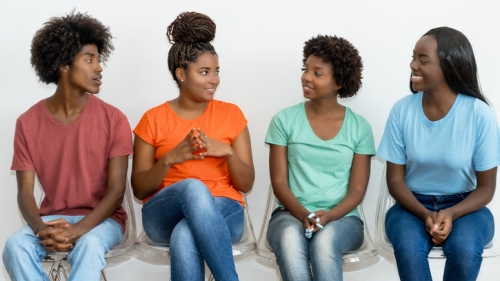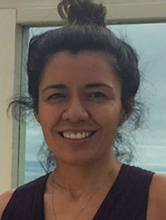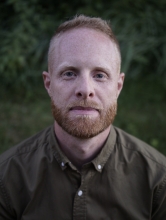María G. Hernández, Reed Swier, and Hui-Ling Sunshine Malone
One key principle within culturally responsive and sustaining education, is the centering of youth voice. Today’s students are well aware of disparities within schooling and deserve a platform to discuss and address them collectively. Critical educator Paulo Freire believed that one’s education should serve to question the world, read the world and read oneself in order to create positive change.
Chapter Five (5) of our book, Dismantling Disproportionality in Practice: A Guide to Fostering Culturally Responsive Districts and Schools, brings in our most valuable players—our youth. Since equity starts with centering those who are most impacted, this chapter helps schools and districts not just involve but integrate student voices to make transformative changes rooted in students’ lived experiences and recommendations. Using the method of youth participatory action research (YPAR), we provide a guide to leveraging youth voice as part of addressing disproportionality. First, we established a “contact zone,” which is an intentionally intergenerational and politicized space. Secondly, the group was trained in understanding key concepts regarding race and racism related to school equity. Finally, the youth executed a rigorous YPAR project which demonstrated their undeniable investment in educational justice.

As we learned from the Youth Center for Disproportionality (YCfD), allowing students to take the lead in school equity work is transformative for everyone involved in the process. It’s transformative for the youth who are given the opportunity to be leaders, to have their experiences affirmed, and learn key research skills to advocate for themselves well beyond the scope of the project. Furthermore, it’s transformative for adults to learn from the youth and learn more about themselves, which empowers them to turnkey this information into policies and practices that are equitable and inclusive for every student.
Having worked with dozens of schools and districts across the nation, we know that addressing disproportionality will not be easy. It will take time, space, intention and not to mention that the process of change may make you or others uncomfortable or frankly, hostile. However, putting in the work will be worth it. Let us not forget the changemakers who came before us, such as the freedom fighters during the civil rights movement, like Ella Baker, the young people in the Student Nonviolent Coordinating Committee (SNCC), Fannie Lou Hamer, and many others who organized to educate youth and community members in the midst of violence and white supremacy. Today, we are better because of them, but there is still work to be done. We hope that tomorrow is better because of us. Dismantling Disproportionality In Practice will help schools and districts know that change is not only possible but can be and has been done! As public education is threatened by the forthcoming administration, it is up to us to be a part of the change through intentional strategic and systemic processes that build capacity for our educators to respond to the continual bumps in the road toward equity.
Hui-Ling Sunshine Malone, PhD, is a professor, researcher, consultant and scholar-activist invested in educational equity.



